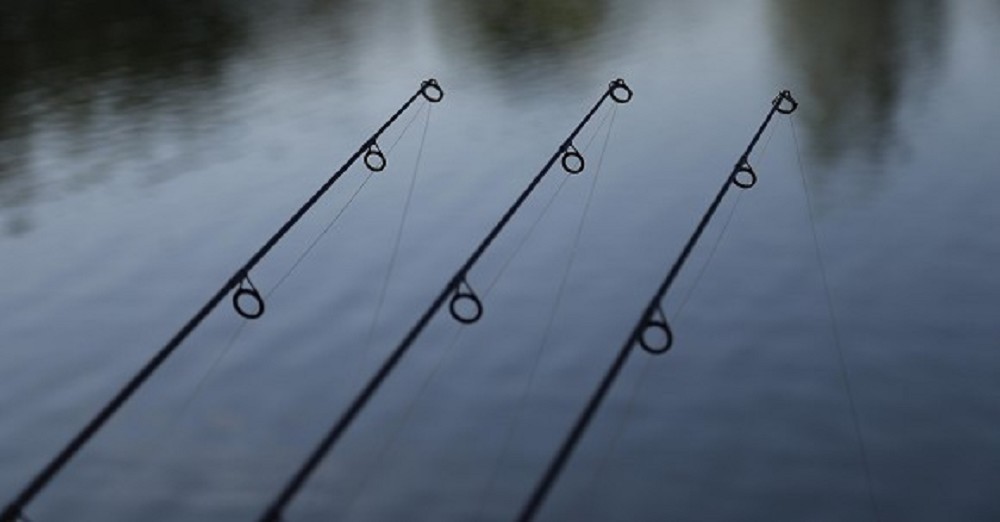
Do slack lines cost anglers fish?
We ask Terry Hearn...
Question
The modern trend is to fish excessively slack lines but I have noticed you don’t follow this yourself, unless you’re fishing close in. Do you think it costs anglers fish by not being in contact with their end game? Nigel Sharp
I don’t think that fishing too slack will cost you loads and loads of fish, but if it means losing a couple over the course of a year then that’s a couple of losses that could be avoided. Apart from the obvious reasons, like giving them so much slack that they can more easily gain sanctuary amongst nearby snags and weedbeds, I just think that a tighter line is a better hooker, mate. If the line’s too slack you only have the weight of the lead to hook the fish.
Like yourself, I quite often fish with pretty small leads of just 1-2ozs and so when that fish swims off shaking its head, the point is only in a little way, even with the sharpest of hooks. Obviously if you’re locked up with a tight clutch and by the time you pick up the rod the line feels really tight, tip bent right round etc., then it’s going to have gone in further on the actual take, but generally the hook isn’t in past the barb until you pick up the rod and start playing it.
Obviously it’s better for the fish to encounter resistance, the rod, the line clip and the tightness of the clutch, soon after bolting as this way you’re getting as much of that point in as possible before you’ve even picked up the rod. It’s the set-up that’s playing the biggest part when it comes to hooking a fish, or at least getting as much of the point in as possible before picking up the rod.
A good example is from when I fished Pit 4. I remember being surprised when you told me how, a few years back, you’d done well free-lining corn in the margins. Now, you know yourself how difficult it can be to get a rig in position on there once you’ve found a few feeding in the edge. Shallow and tap clear, it’s never easy and so on one occasion I did try free-lining for them. Never again though, as I saw my bait get taken and then spat out again at least twice that afternoon. It wasn’t until I talked to you about it again that you mentioned sinking the tip so that it was literally on the bottom, as well as fishing the line as tight as the free-lined bait would allow. I hadn’t done that, instead I had the tips high over the top of the marsh grass with the lines hanging slack and this clearly made it easy for the carp to eject the hookbait as they weren’t coming into contact with any sort of resistance.
Your tip on the bottom/tighter line method was clearly a better hooker when it came to free-lining baits, as they were hooking themselves against the resistance of the rod. If a tighter line is better for free-lining then to me it stands to reason that it’s better when using a lead too, but just as I said in an earlier answer when talking about mono versus braid, there’s often a trade-off. It’s all about weighing up the situation and deciding how tight a line you can get away with.



